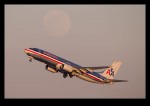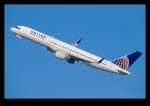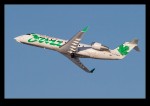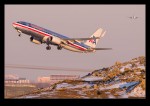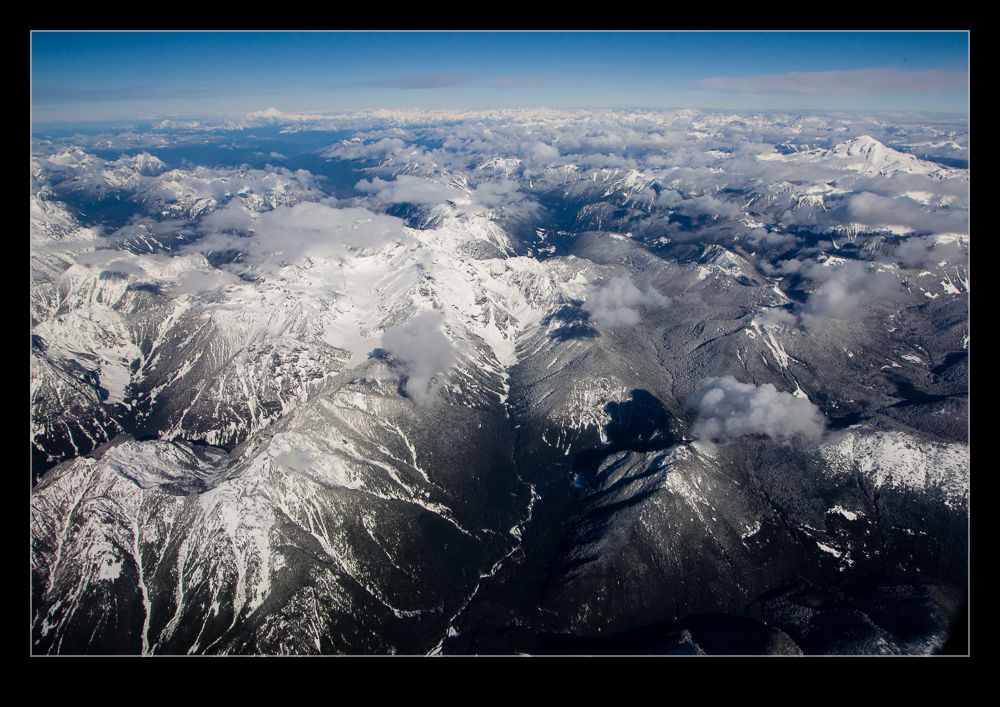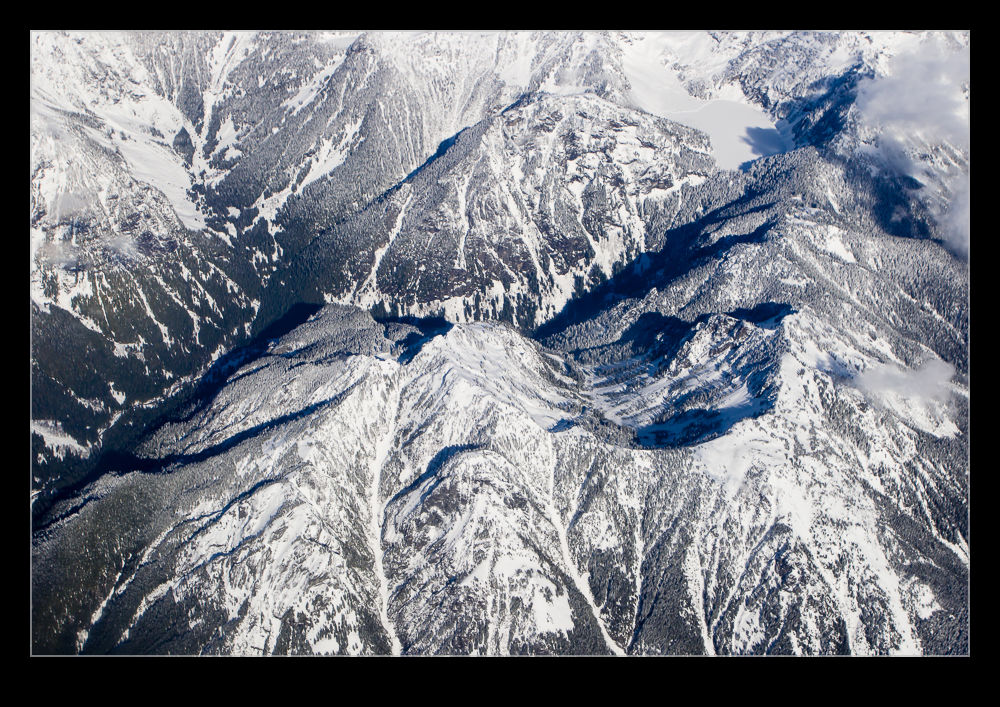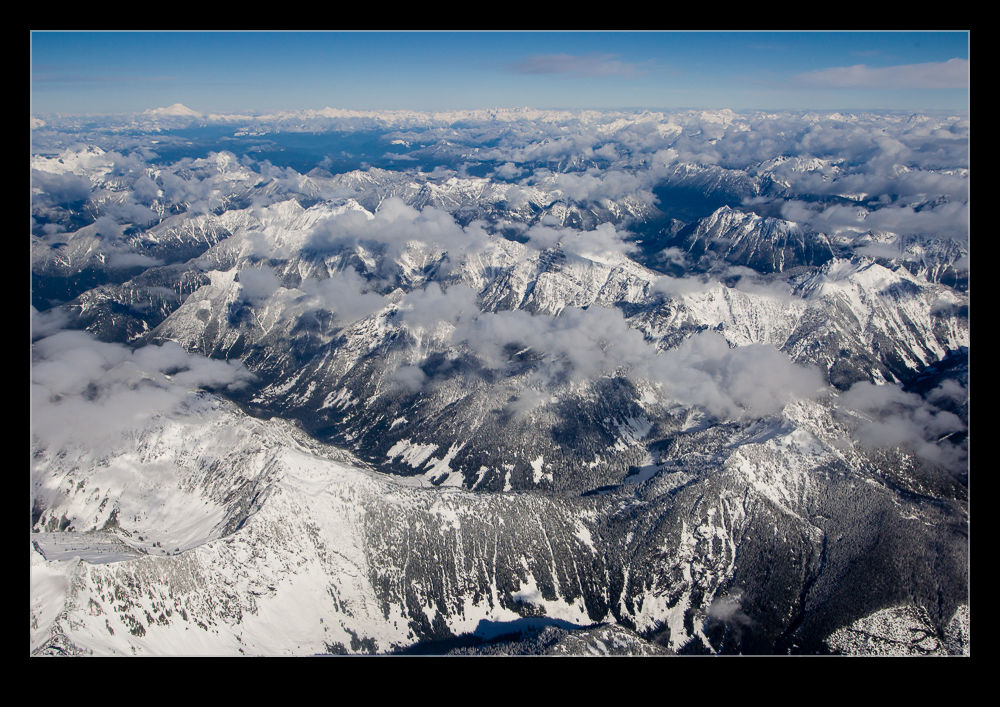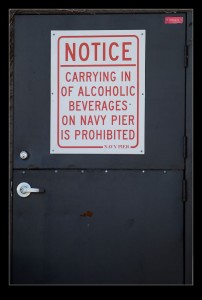I shall start by pointing you at a blog that is far better written and far more informative than this one. Not a huge challenge of course. However, the author of this blog is a fantastic photographer and now also a director – Vincent Laforet. Vincent’s blog can be found at blog.vincentlaforet.com and he posts quite frequently on the subject of film making, techniques and equipment. Vincent started out as a photographer and a very good one at that. He has won a Pulitzer Prize and is a Canon Explorer of Light. I first saw him at an ISAP event where he talked about his aerial photography as well as a very moving description of his experiences after Hurricane Katrina.
His life changed dramatically when Canon released the 5D Mk II. Vincent had early access to the camera and made a short called Reverie to demonstrate the video capabilities. This short went viral and suddenly making motion pictures with SLRs was a big deal. Now he has moved geographically and professionally and works in the film business. (As an aside, if you ever get the chance to hear him speak, do go as he has some fascinating experiences to share and may well move you in the process.)
Recently, on his blog, Vincent talked of some new device that he considered a game-changer that he would be announcing. The anticipation got quite a few people interested and, when the announcement came, it did not disappoint. The device is called the MOVI (there is a cool stylized way in which MOVI is written that this blog is not going to do justice to I’m afraid) and it is made by Freefly. It is a stabilized mount that is handheld and provides the ability to get smooth shots with a single hand allowing some very creative approaches to moving the camera.
I am not much of a video guy. However, when I had my first SLR with video capability, I started experimenting with shooting video and this has progressively become more important on the projects I am working on. Video provides a very different way of presenting some subjects and it complements the stills well. My video shooting and editing skills might not complement my stills quite as well but we have to keep learning.
Since I am not investing in a significant amount of video equipment but, instead, I shoot video as part of my stills efforts, I have to be limited in how adventurous I can be. Steady handheld shots without a rig are a challenge but can be achieved. Moving is out of the question without making the viewer feel very uneasy. I recently shot some cockpit video from a jump seat during the takeoff roll and during refueling and the vibration made the majority of the footage unusable. A few small excerpts showed the experience but not long enough to make people uncomfortable.
Getting a stable platform in difficult situations is a great step forward. The MOVI is a very cool piece of gear. It is not cheap but, compared to other pieces of equipment, I think it is very affordable. More importantly, it is the start of something new. People will take this concept and run with it and we are likely to end up with many types and levels of complexity of stabilization that will suit different pockets. This could mean something that works for me. This is why I am so excited. The MOVI is great and I would love one. I don’t have the justification for one for my projects but I feel confident I will see something come from this that will make my work easier in due course.

